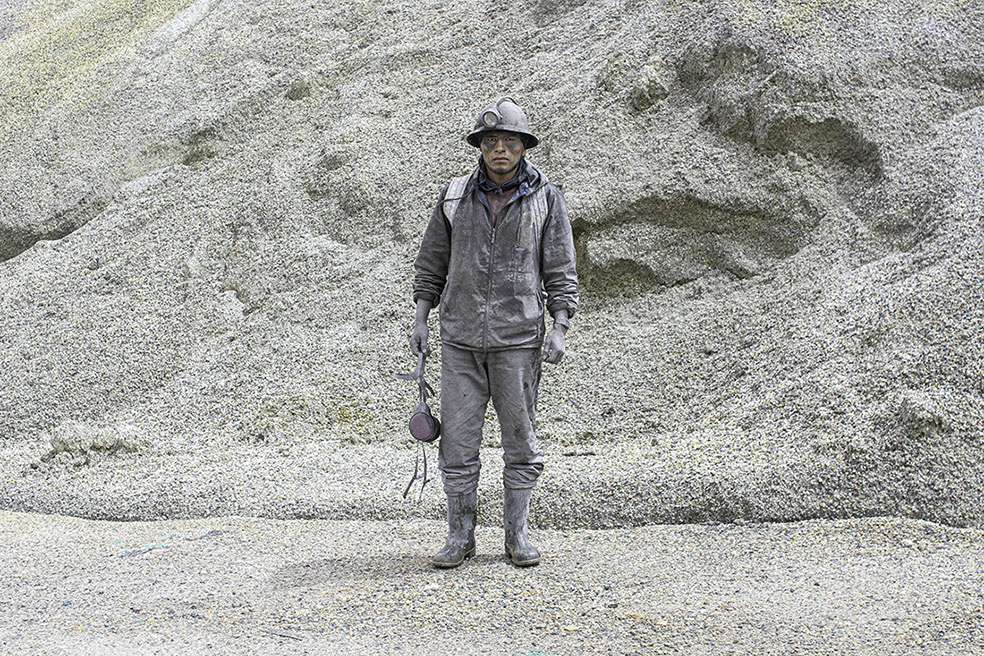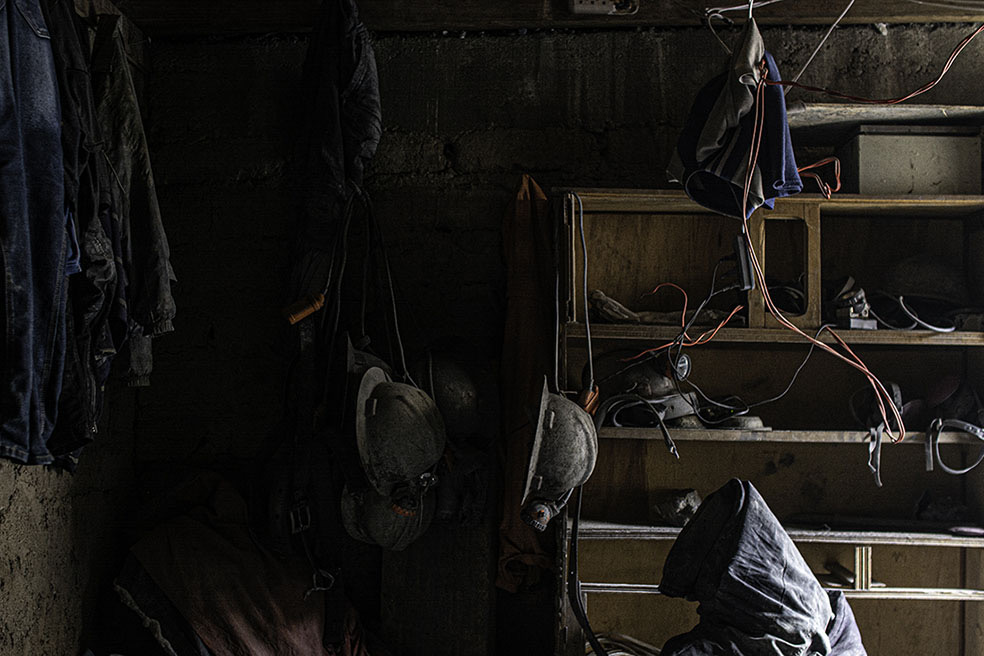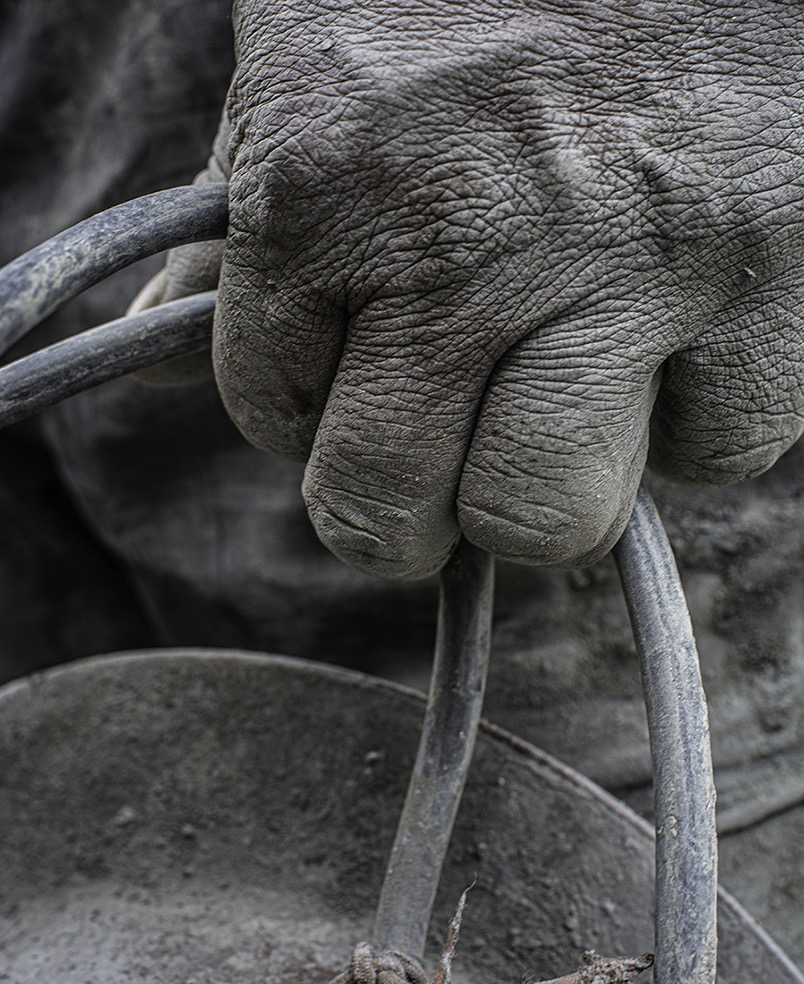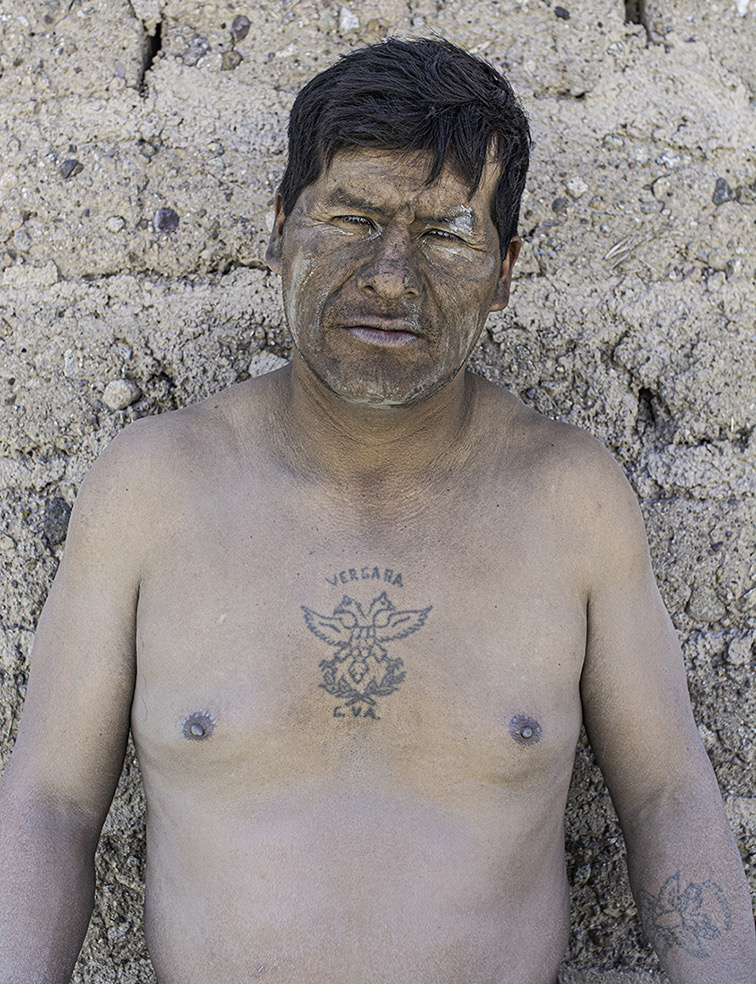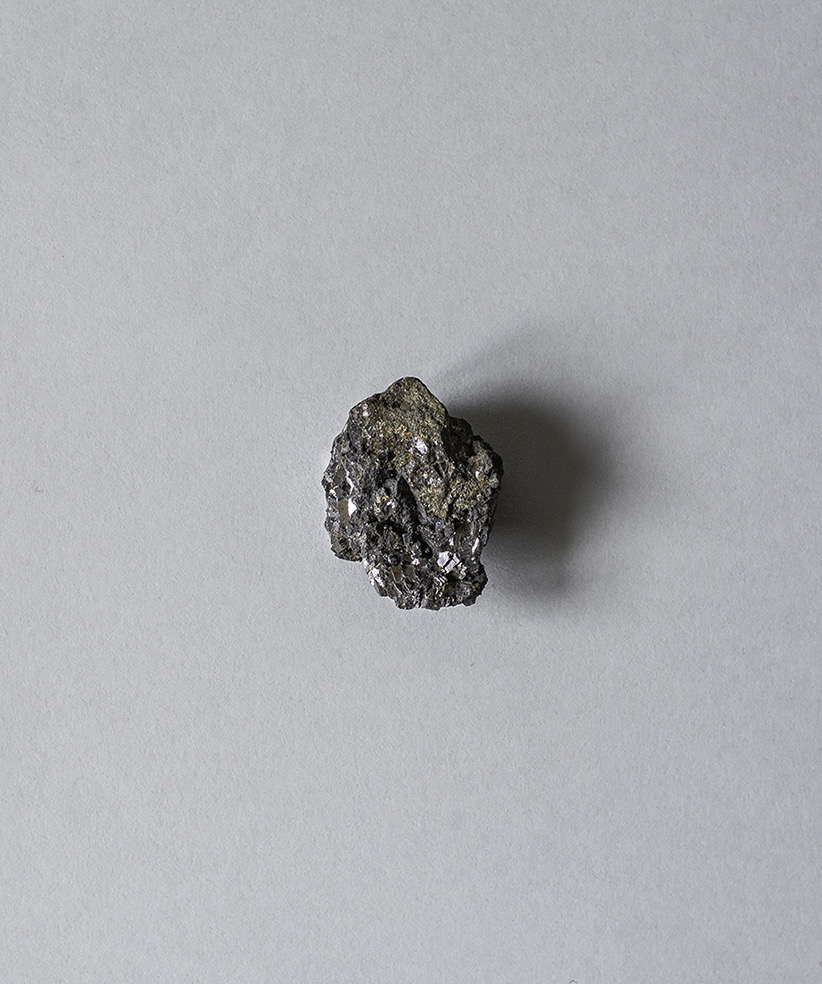The Cerro de Potosí, also known as the Cerro Rico de Potosí, and in the Quechua language as Sumaj Orck’o (“beautiful hill”); named Sumaj Orck’o before its plunder and subsequent exploitation by the Spanish Empire, which began 475 years ago. Now, the name of “beautiful hill” sounds ironic.
The Mines of Potosí were and still remain an important mining center located on the Cerro Rico de Potosí, in present-day Bolivia. Cerro Rico, with more than 4000 meters high and bordered by miles of tunnels of the inexhaustible mines of Potosí, which contributed to the Spanish Empire and all of Europe during the time of the conquest of America, more silver than any other place in the world Its exploitation, alive in the 21st century, was one of the great reasons for the growth of the old continent from the 16th century, , at the cost of the forced labor of indigenous slaves and countless corpses throughout the centuries.
The city of Potosí still lives in the shadow of Cerro Rico. The exploitation of the mines continues to be the base of the local economy and, two centuries after being an independent country, Bolivia has failed to put an expiration date on the galleries where many workers, including children, continue to lose their lives. About 15,000 workers descend daily in very hard conditions to the Bolivian mines. At more than 80 meters below ground level, the temperature rises to 40 degrees Celsius. Air is an unclassifiable soup where moisture, dust and particles of silver, sulfur and arsenic are mixed. Lethal combination. Few of those who work in these painful conditions exceed 45 years of life expectancy but, even so, men work daily in the bowels of the mountain.
The Potosi mines are some of the oldest in Latin America, still operating for half a millennium.
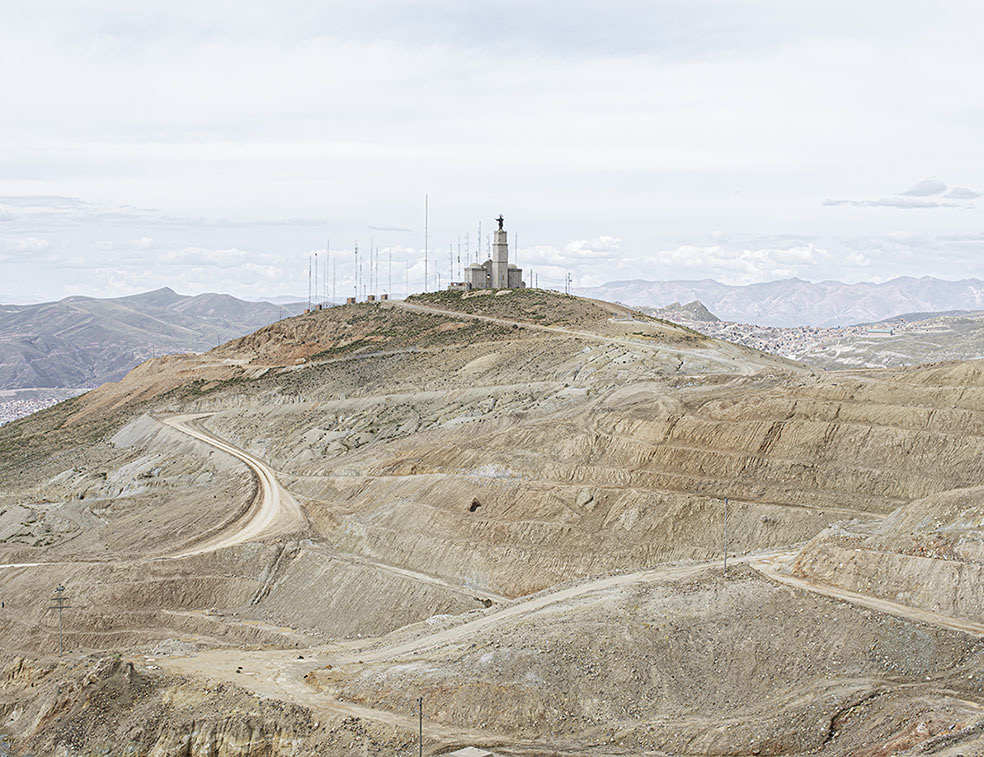
Javier Clemente Martinez – independent Photographer born in Madrid, Spain. He studied Professional Photography and Visual Arts at the Efti School (Madrid). He also has postgraduate training in Humanitarian Action and International Development Cooperation. His work focuses on social, environmental and cultural conservation issues. In recent years he has been working in collaborations with ngos (Spanish and Ecuadorian Red Cross and others) and some organizations, in addition to developing personal projects. With works linked to the indigenous communities of Latin America, especially in the Amazon.

